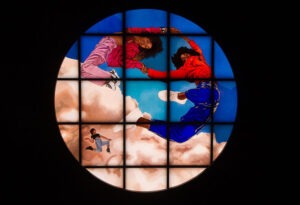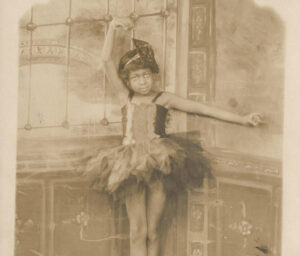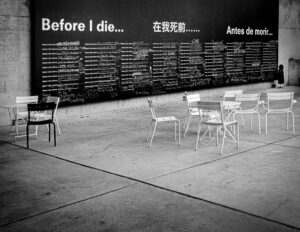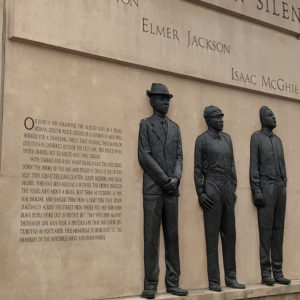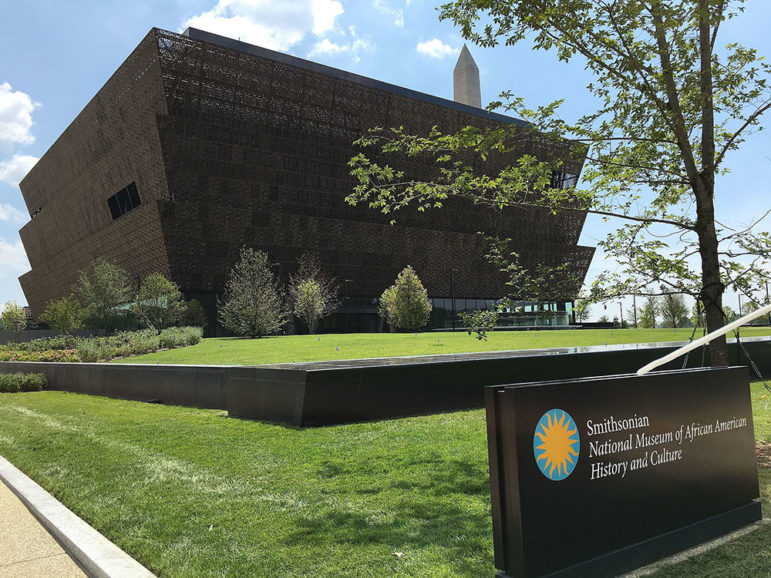
In 1915, when a group of African American Civil War veterans first proposed the idea of a monument to the history of blacks in the United States, it would have been impossible to conceive of the scene that transpired in Washington, D.C., on September 24, 2016. As described in the Washington Post, “The country’s first black chief executive stood before a crowd of more than 7,000 official guests—and thousands more gathered on the National Mall—and repeated the words of poet Langston Hughes: “I, too, am America.”
In a dedication ceremony that featured several stirring speeches—with longtime Civil Rights activist and Congressman John Lewis of Georgia being perhaps the most poignant speaker of the day—and musical performances by luminaries including Angélique Kidjo, Stevie Wonder, and Patti Labelle—the Smithsonian officially opened the National Museum of African American History and Culture (NMAAHC), a $540 million project that took more than four years to build and nearly a century to authorize. The ceremony ended with the ringing of a bell from the historic First Baptist Church of Williamsburg, Virginia, believed to be one of the first Baptist churches organized entirely by black people. President Obama and First Lady Michelle Obama joined 99-year-old Ruth Bonner, a direct descendent of a slave, and three of her family members, in ringing that “Freedom Bell,” which dates to 1886. The museum website has posted these highlights from the dedication.
Representative Lewis spent 15 years fighting in Congress to make the museum—which he and many others of the day’s speakers frequently referred to as a “monument”—a reality. Along with then-Senator (now Governor) Sam Brownback of Kansas, Lewis put forward a bill that was eventually signed by President George W. Bush in 2003, authorizing the project. Lewis, who last week received the Liberty Medal at the National Constitution Center in Philadelphia for his Civil Rights work, told the crowd gathered for the dedication, “This place is more than a building. It is a dream come true.”
Sign up for our free newsletters
Subscribe to NPQ's newsletters to have our top stories delivered directly to your inbox.
By signing up, you agree to our privacy policy and terms of use, and to receive messages from NPQ and our partners.
Much has been written about the striking architecture of the new museum, and in particular its welcoming “porch” and its bronze-colored metal “corona,” inspired by an African crown. Anyone interested in understanding the symbolism behind the building’s design—inside and out—should read this article by architecture critic Inga Saffron of The Philadelphia Inquirer.
Those lucky enough to have obtained admissions passes to the museum started streaming through the doors early on Saturday afternoon. The timed passes—which are free—have now been snapped up straight through to the end of 2016. Those who haven’t yet obtained passes—or who can’t make it to the nation’s capital—should realize that while this is the only national museum that tells the story of African Americans in the United States, it is certainly not the only museum on the subject worthy of a visit. An article last week in the San Francisco Chronicle mentioned several others, including the DuSable Museum of African American History in Chicago, the Birmingham Civil Rights Institute in Alabama, and the African American Museum in Philadelphia (AAMP).
Many of these smaller museums, some of which are affiliated with the Smithsonian and will be able to host rotating exhibitions and borrow artifacts from NMAAHC, hope to see increased traffic because of the interest in the new Smithsonian museum. At AAMP (where this writer attended a watch party for the NMAAHC dedication), president and chief executive officer Patricia Wilson Aden observed that the history of African Americans “is large enough for all of us. It’s not a matter of one versus the other. It’s a matter of shared mission.”
As President Obama said during the dedication ceremony, “African American history is not somehow separate than the American story. It is not the underside of the American story. It is central to the American story.”—Eileen Cunniffe


